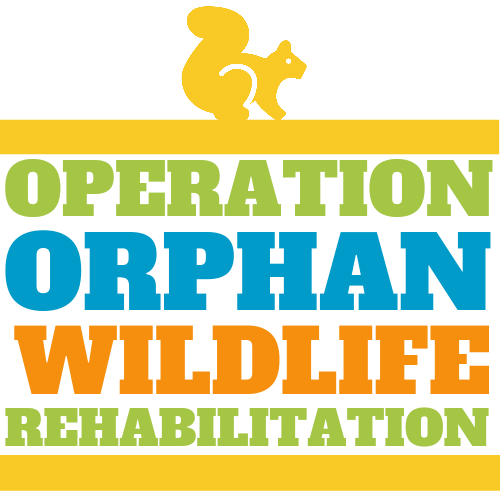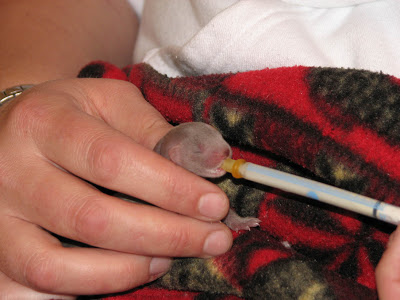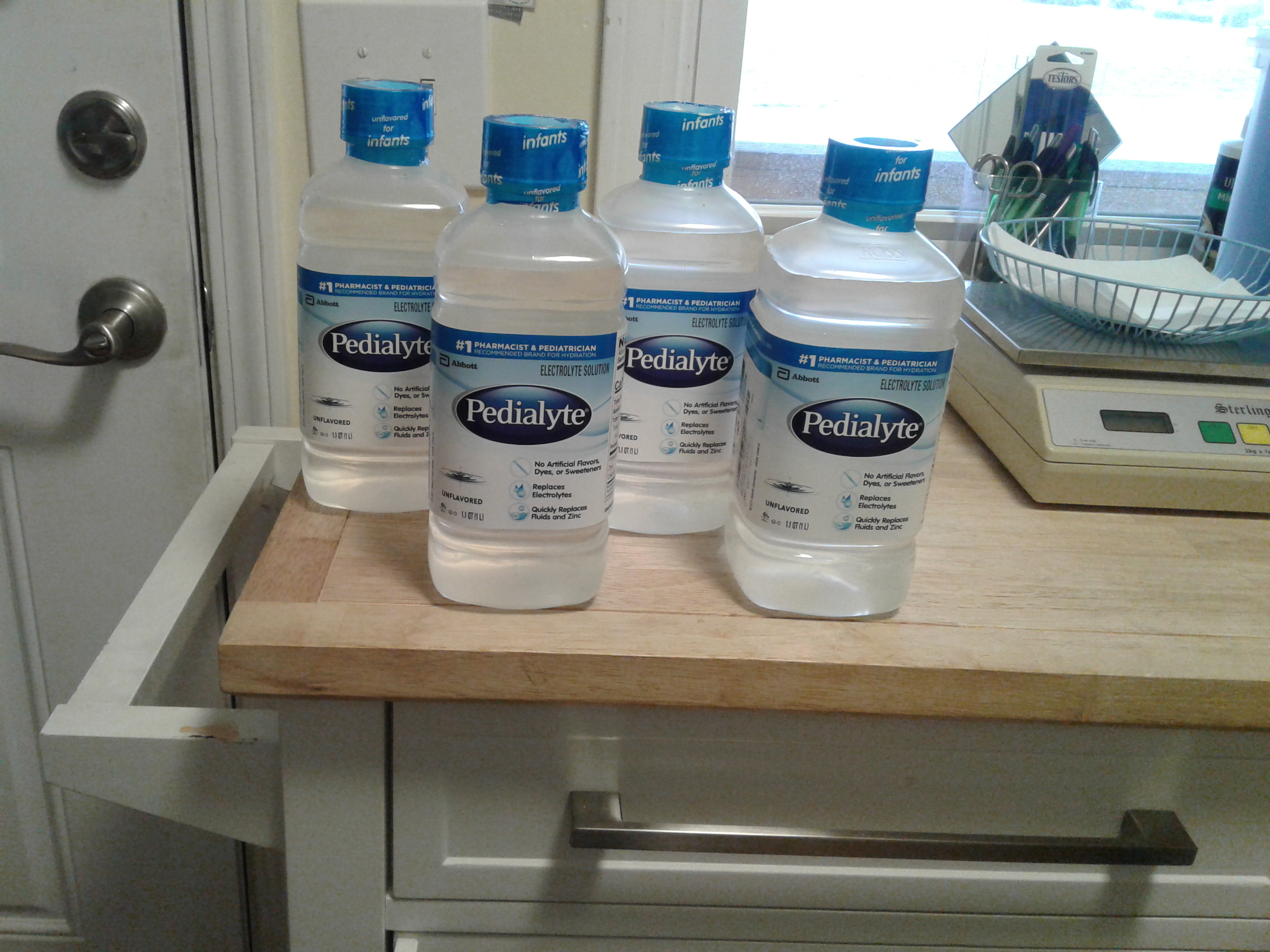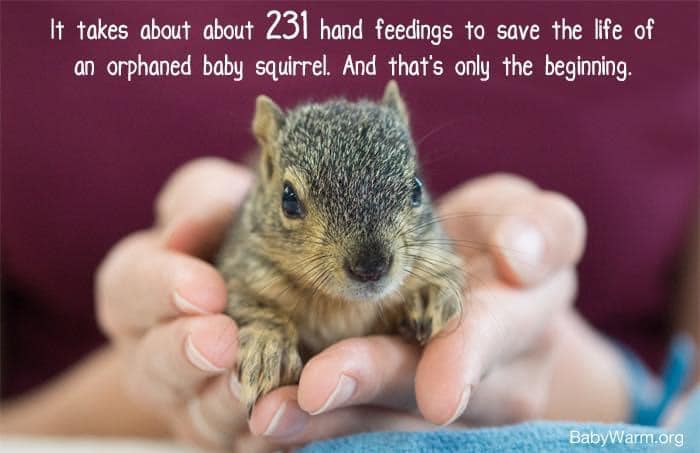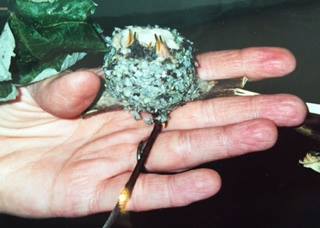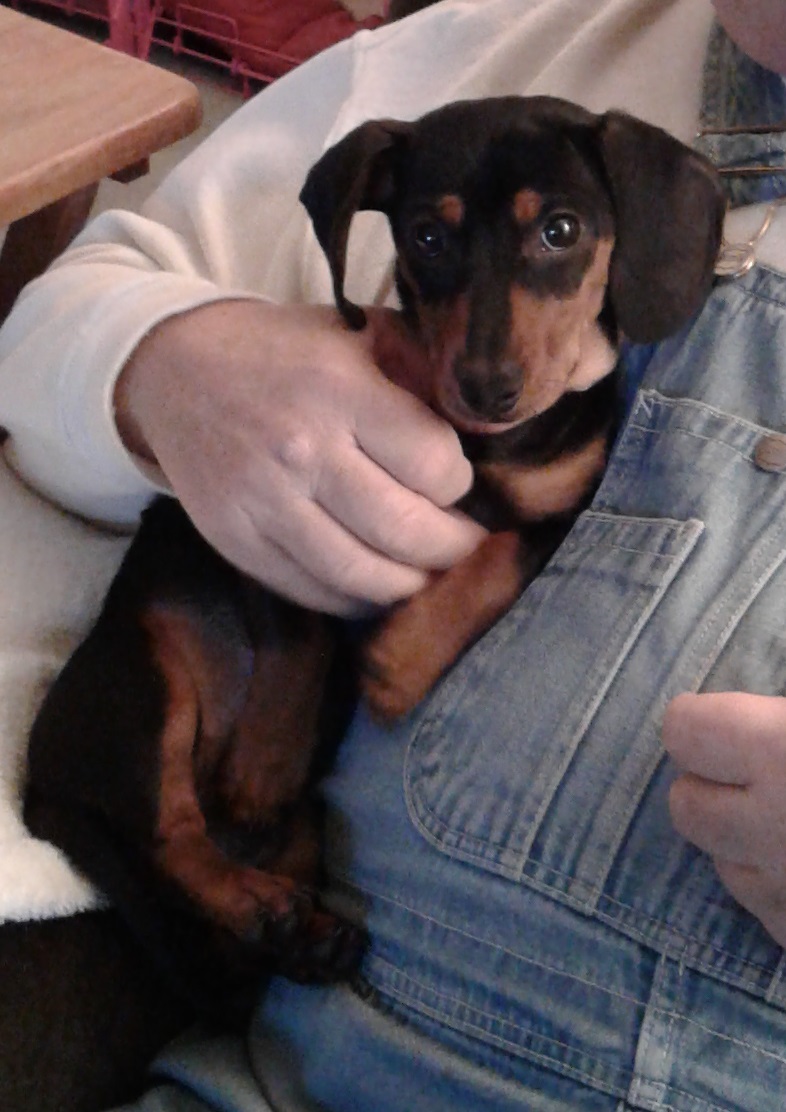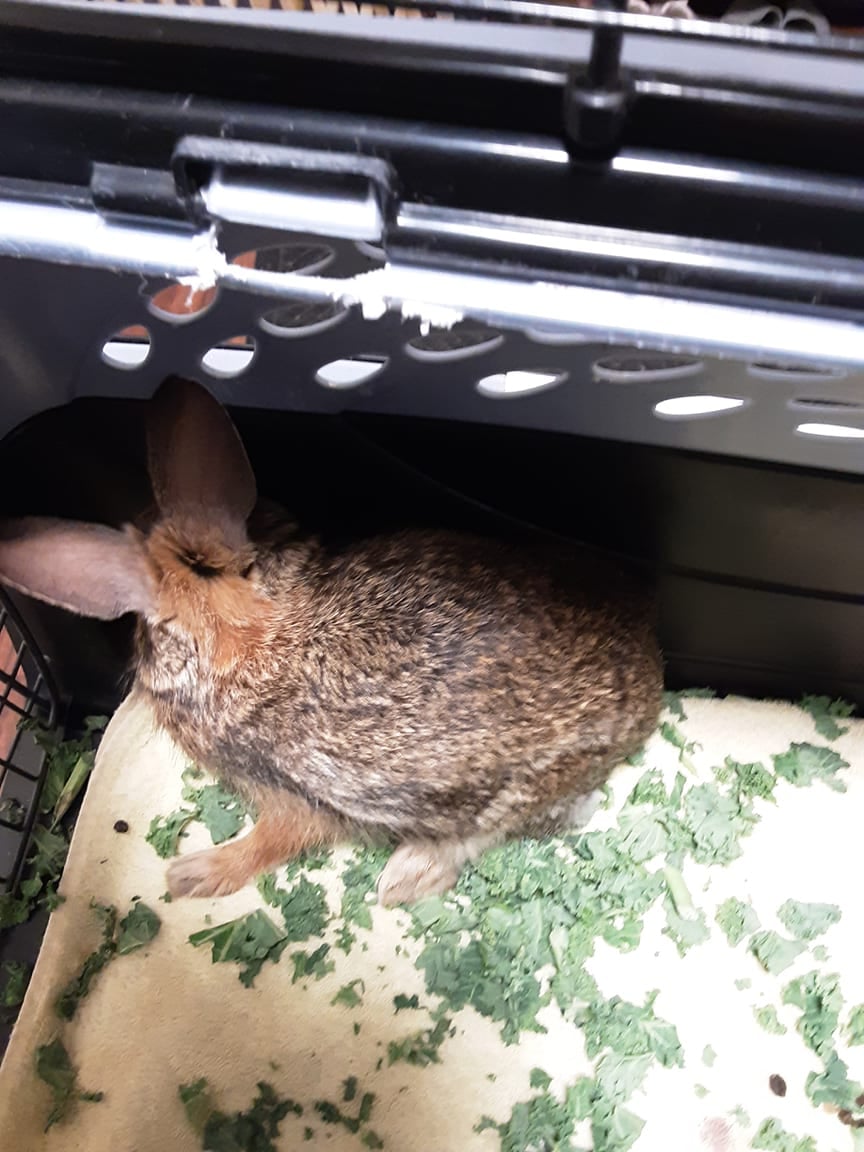Things Done Wrong
I’ve said it many times before and I’ll say it again: 85% of the baby animals picked up ARE NOT ORPHANED and should have been LEFT ALONE. Mom usually is not far away. Below are some of the most common things that people DO WRONG when they find an animal and what’s THE RIGHT thing instead.
BIRDS
Often, when it comes to birds, people think that the mother will fly down, pick up her baby and take it back to the nest. That does not happen. Baby birds generally reach adult size before they are old enough to be out of the nest. Before the flight feathers are long enough for them to fly, they glide to the ground and are there for the sole purpose of the parent teaching them how to get their food, therefore, they should be left alone. Do not worry about the neighborhood cat because there is not one place that a bird can be that a predator does not live in the area. Yes, some do fall prey to cats, but far more survive and learn from their parents. The message is to LEAVE FLEDGLINGS ALONE so the parent can do their job.
MAMMALS
When it comes to mammals, they will take their young back to the nest IF A HUMAN STAYS OUT OF SIGHT and gives them a couple of hours to get their baby.
MISTAKES MADE BY PEOPLE PICKING UP BABY WILDLIFE ARE:
- Not giving a heat source (mammals with eyes closed do not generate their own body heat). To keep a baby animal warm until it can be reunited with its mother or brought to a wildlife rehabilitator, fill a bottle (just about any pop or water bottle will do) with hot water wrapped in a towel and place next to them to keep them warm.
- Feeding them human baby formula (most have iron added and baby animals on that formula for seven to ten days will overdose on iron and die). Feeding them human breast milk doesn’t work either, as it doesn’t agree with the babies.
- Feeding a cold baby animal, especially with warm formula, can shock them and cause them to die.
- Not stimulating to urinate and, depending on the species, to defecate.
- Not taking the animal to a licensed wildlife rehabilitator. The wildlife are protected by laws and you may not have them unless you have permits from Ohio Division of Wildlife.
If you see an animal that you believe is orphaned or injured, please make a phone call to a rehabilitator before you decide to pick it up. Following these simple rules will help keep wild animals where they belong – in the wild. And if they truly need help, these rules will give them the best chance of survival until you can get them to a wildlife rehabilitator.
Please share this information with others, print it out and stick it on your fridge or in a place that you can get to it easily. I’ll also have this posted on my website.
For fans of my Throwback Thursdays, this will be my last TBT for a while as I am up to my ears in fall babies – the priority has to be the animals in my care. However, my Facebook Manager may have some content up her sleeves to keep our page educational, fun and interesting to visit. So STAY TUNED and keep watching!
Please enjoy the beauty of the wildlife that we share our world with and let them have their freedom, allowing the mothers to care for their young.
Until next time, love to all.
Fran Kitchen
Copyright 2017 Fran Kitchen
Operation Orphan Wildlife Rehabilitation, Inc. is a 501(c)3 Non-Profit Organization and does not receive federal funding. We are supported entirely through private donations, memberships, and proceeds from our education programs. To Donate visit our website at: www.operationorphanwildlife.com
